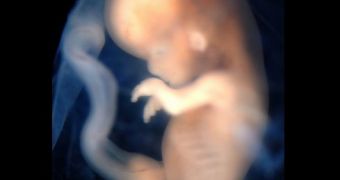Babies exposed to hunger while in the uterus, face an elevated risk of high blood sugar levels in later life, confirmed Wageningen University and Chinese researchers.
The team of scientists gathered data of nearly eight thousand Chinese individuals, who were exposed to food restrictions between 1951 and 1961.
The Wageningen and Chinese researchers assessed data on people living in a region where this food shortage was moderate, and another where it was severe.
After differentiating between exposure in the womb and during infancy, the team found that the risk of diabetes because of the high blood sugar levels was over twice as high for people who were born in the severe food shortage region and were exposed to hunger in the womb, compared to those who were not starved at this stage.
Individuals who were already born when food started to become scarce and who suffered from hunger during infancy, did not have these increased risks, just like people living in regions with moderate food shortages.
Another finding was that the risk of developing type 2 diabetes was higher for people who adopted a Western lifestyle and diet in later life, or for people who were part of a higher social class.
Edith Feskens, professor of Nutrition and Metabolic Syndrome at Wageningen University and co-author of the article concluded that “early exposure to hunger makes people extra vulnerable to type 2 diabetes”.
This is not the first time that someone said that there is a link between exposure to hunger in the uterus and diabetes or cardiovascular disease.
A few years ago, a team of researchers in Amsterdam established this link, after a study on the long-term effects of the 'Hunger Winter' in the Netherlands in 1944, but Russian researchers were unable to confirm it based on data from the starvation suffered in Leningrad during the Second World War.
The findings were published in the journal Diabetes.

 14 DAY TRIAL //
14 DAY TRIAL //